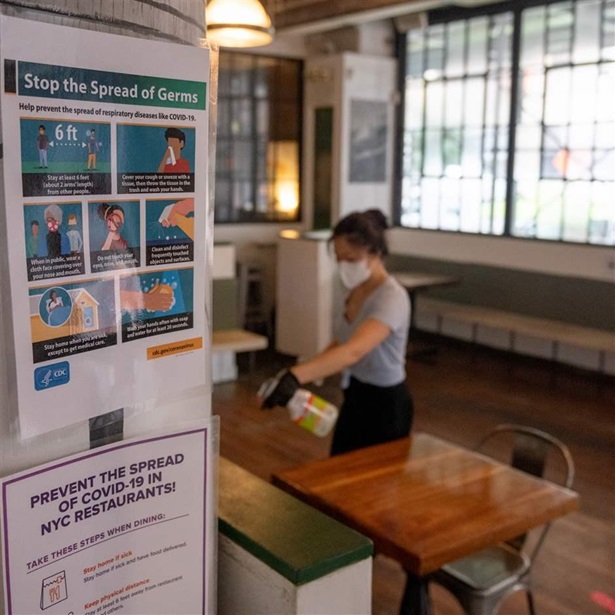Memo Highlights Best Practices for States Planning Tax Incentive Evaluations
An expert shares lessons learned managing the process in Indiana
As of 2022, more than 30 states in addition to the District of Columbia, New York City, and Philadelphia have laws in place requiring regular and rigorous evaluations of their economic development tax incentives—programs that are meant to encourage businesses to create or retain jobs and make investments in a community.
But conducting an effective, useful evaluation takes careful planning and consideration. In an April 2022 memo commissioned by The Pew Charitable Trusts, Jim Landers, an associate professor of practice in public affairs and Enarson fellow at Ohio State University, makes several recommendations to staff undertaking such analyses. In the memo, Landers highlights 2014 legislation from Indiana, which required the state’s Office of Fiscal and Management Analysis (a division of the Legislative Services Agency) to produce ongoing tax incentive evaluations. Since then, Indiana has become a leader in generating high-quality reports with recommendations that have successfully improved incentive programs.
In the memo, Landers describes how to develop an evaluation plan. Specifically, he discusses the logistical concerns of the process, including how to maximize staff resources and expertise, time evaluations to leverage complementary work, and gather the information necessary to conduct evaluations.
Landers also covers the substantive components of evaluations. He recommends that evaluators develop a framework of questions that help determine an incentive’s history, usage, efficiency, and economic impacts. This framework can help guide how evaluators examine the structure and administration of incentives, and help them decide the appropriate methodologies, data sources, and scope for an evaluation.
Finding the best way to produce evaluation reports can be an iterative process. In his memo, Landers suggests that a well-informed planning process can set analysts up for success by helping them think through both the practical and policy considerations up front. He notes that best practices that have worked in one state—in this case, Indiana—may be replicable in other states and guide their efforts to produce high-quality analyses that inform policy improvements.


America’s Overdose Crisis
Sign up for our five-email course explaining the overdose crisis in America, the state of treatment access, and ways to improve care
Sign up

Improving Tax Incentives for Jobs and Growth












